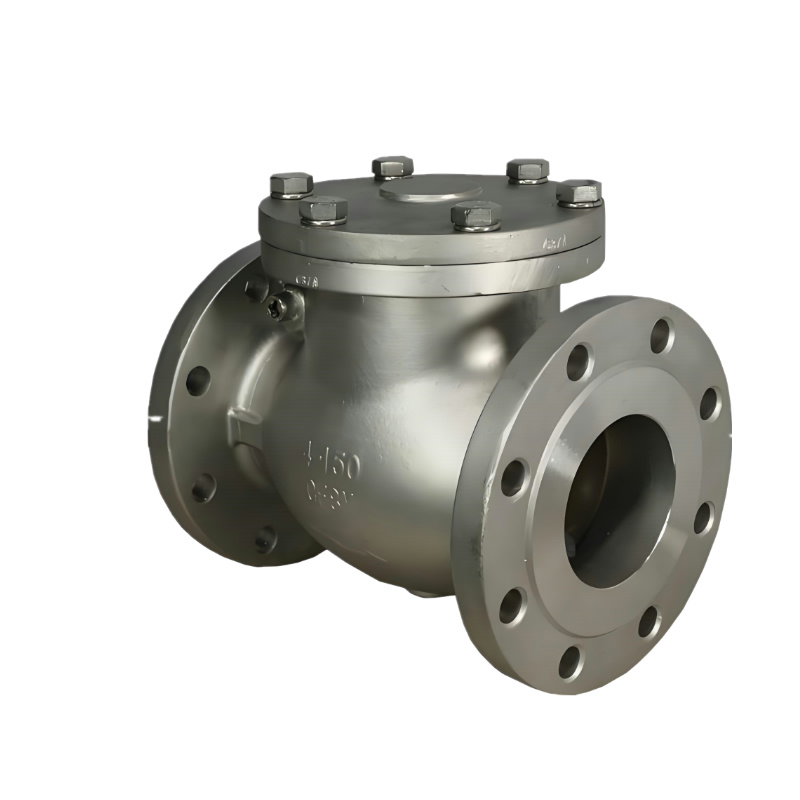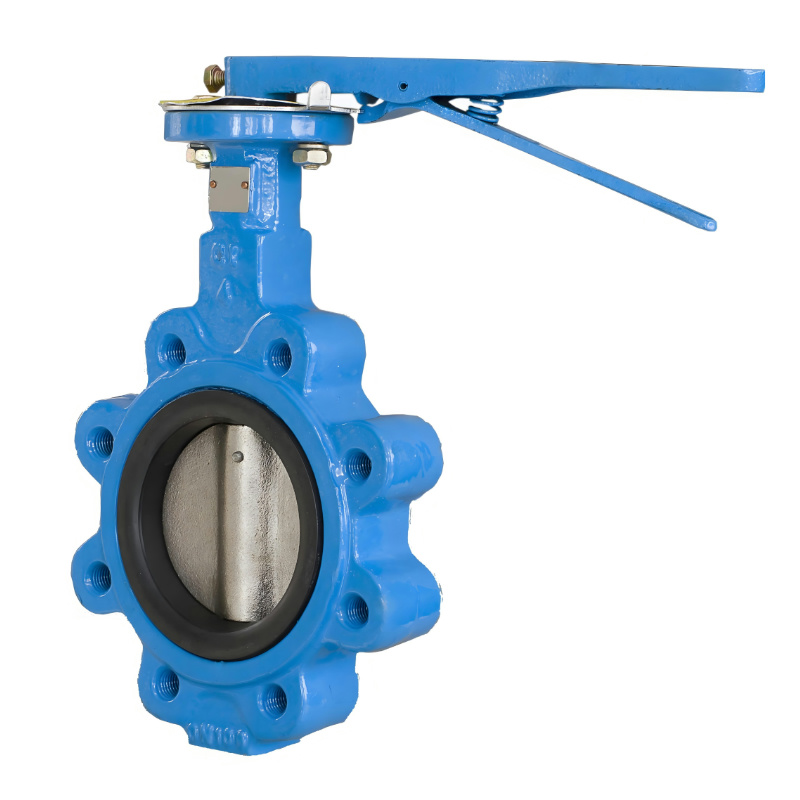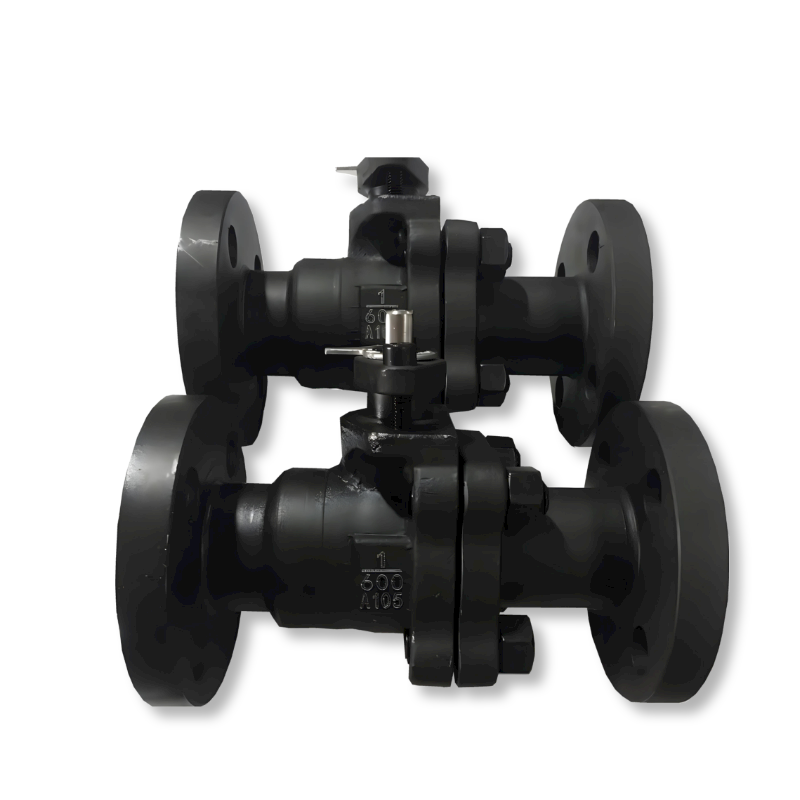Double Flange Triple Offset Butterfly Valve
Introduction
This article contains all the information you need to know about Double Flange Triple Offset Butterfly Valve
Read further and learn more about:
Specification
Actuators
Features
Application
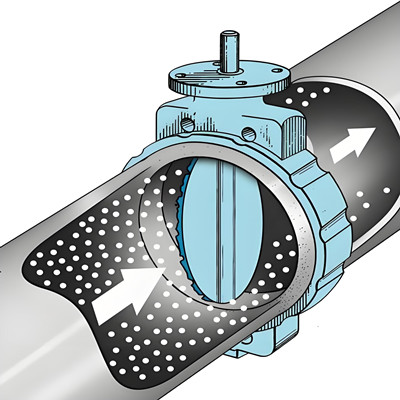
Chapter 1 - Double Flange Triple Offset Butterfly Valve Specification
Here's a typical specification for a double flange triple offset butterfly valve:
Body Material
Typically constructed from cast steel, stainless steel, or other suitable materials for the intended application. Common materials include ASTM A216 WCB, ASTM A351 CF8M, ASTM A352 LCB, ASTM A217 WC6, etc.
Disk Material:
The disc may be made of the same material as the body or may have a different material for corrosion resistance or other specific requirements. Common disc materials include stainless steel, duplex stainless steel, nickel alloy, and others.
Seat Material:
Triple offset butterfly valves feature a metal-to-metal sealing design, with the seat made of metal or hard alloy materials such as stainless steel, Stellite, or Inconel. This design provides reliable sealing even under high-temperature and high-pressure conditions.
Valve Size
Available in various sizes typically ranging from 2" to 48" (larger sizes may be available upon request).
Pressure Rating
ANSI Class 150, 300, 600, or higher, indicating the maximum pressure the valve can withstand. The selection of pressure rating depends on the specific application requirements.
Temperature Range
The valve should be suitable for operating temperatures ranging from -29°C to 200°C (-20°F to 392°F) or higher, depending on the seat and elastomer materials selected.
Connection Type
Double flange triple offset butterfly valves have flanged ends on both sides, conforming to relevant standards such as ASME B16.5, ASME B16.47 Series A or Series B, API 609, EN 1092, or others.
Design Standards:
The valve design should comply with industry standards such as API 609, MSS SP-68, or AWWA C504 for construction, design, and testing requirements specific to butterfly valves. The triple offset design ensures tight shut-off and minimal seat wear, providing long-term reliability in critical applications.
Testing Standards:
The valve should be tested and certified to industry standards such as API 598, API 609, or EN 12266 for performance, leakage, and integrity specific to butterfly valves.
Compliance:
The valve should comply with relevant industry standards and regulations such as ASME, ANSI, API, ASTM, MSS-SP, and others, depending on the application and location.
Chapter 2 - Double Flange Triple Offset Butterfly Valve Actuator
The actuator for a double flange triple offset butterfly valve depends on the specific requirements of the application, including factors such as valve size, operating pressure, temperature range, and control system preferences. Here are some common types of actuators used with double flange triple offset butterfly valves:
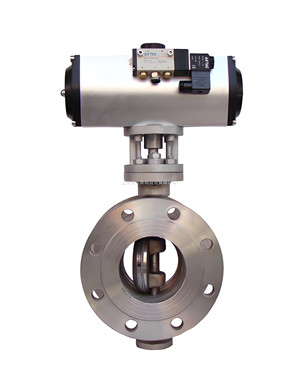
Pneumatic Actuator:
Pneumatic actuators use compressed air to operate the valve. They are suitable for applications where quick response times, reliable operation, and remote control are required. Pneumatic actuators offer precise control over valve positioning and can be easily integrated into control systems. They are commonly used in industries such as oil and gas, petrochemicals, power generation, and water treatment.
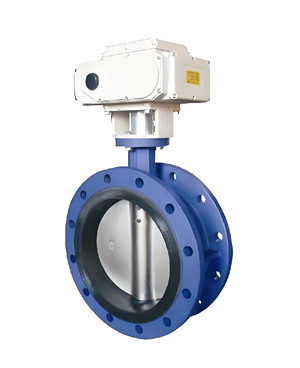
Electric Actuators:
Electric actuators use an electric motor to operate the valve. They offer precise control over valve positioning and can be easily automated for remote operation. Electric actuators are suitable for applications where continuous modulation, positioning accuracy, and reliability are required. They are commonly used in industries such as HVAC, process automation, and water management.
Hydraulic Actuators:
Hydraulic actuators use hydraulic fluid to operate the valve. They offer high force output and precise control over valve movement, making them suitable for high-pressure and high-torque applications. Hydraulic actuators are commonly used in industries such as marine, offshore, and heavy machinery, where reliable and powerful valve actuation is required.
Spring-Return Actuators:
Spring-return actuators use a spring mechanism to return the valve to a predefined position when power or pressure is removed. They are commonly used in safety-critical applications where fail-safe operation is required, such as emergency shutdown systems. Spring-return actuators provide reliable valve positioning in the event of power failure or emergency situations.
Chapter 3 - Double Flange Triple Offset Butterfly Valve Features
Double flange triple offset butterfly valves are primarily differentiated based on their construction, materials, and design features. Here are some common types of double flange triple offset butterfly valves:
Metal Seated:
Metal-seated double flange triple offset butterfly valves feature a metal-to-metal sealing design between the disc and the seat. They are suitable for high-temperature, high-pressure, and abrasive applications where soft-seated valves may be damaged or degraded. Metal-seated valves offer excellent sealing performance, durability, and resistance to wear and erosion.
Soft Seated:
Soft-seated double flange triple offset butterfly valves have a resilient seat made of elastomeric materials such as EPDM, NBR, or Viton. These valves provide bubble-tight shut-off and low torque operation, making them suitable for applications with less demanding conditions or where tight shut-off is required. Soft-seated valves offer excellent sealing performance, flexibility, and ease of maintenance.
Fire-Safe:
Fire-safe double flange triple offset butterfly valves are designed to withstand high temperatures and maintain sealing integrity during fire emergencies. They feature special construction materials, seals, and design features to prevent leakage and maintain operational safety in fire-prone environments. Fire-safe valves are commonly used in industries such as oil and gas, refining, and chemical processing.
High-Performance:
High-performance double flange triple offset butterfly valves are designed to handle higher pressures, temperatures, and flow rates compared to standard butterfly valves. They feature robust construction, advanced design features, and metal-to-metal sealing for demanding applications where reliability and performance are critical. High-performance valves offer tight shut-off, precise control, and long-term durability.
Low-Temperature:
Low-temperature double flange triple offset butterfly valves are designed to operate in cryogenic or low-temperature environments. They feature special materials, seals, and design features to withstand extreme cold temperatures and maintain sealing integrity. Low-temperature valves are commonly used in industries such as LNG (liquefied natural gas) processing, industrial gases, and cryogenic storage.
Subsea:
Subsea double flange triple offset butterfly valves are specifically designed for underwater applications in offshore oil and gas production, subsea pipelines, and marine environments. They feature corrosion-resistant materials, robust construction, and special design features to withstand high-pressure and corrosive seawater conditions. Subsea valves are designed for reliable performance and long-term integrity in harsh subsea environments.
Zero Leakage:
Zero-leakage double flange triple offset butterfly valves are designed to provide absolute sealing without any leakage, even under extreme conditions. They feature advanced sealing technologies, precision machining, and tight tolerances to ensure zero leakage across the valve's service life. Zero-leakage valves are commonly used in critical applications where leakage is not acceptable, such as hazardous fluids, toxic chemicals, or high-purity processes.
Chapter 4 - Double Flange Triple Offset Butterfly Valve Application
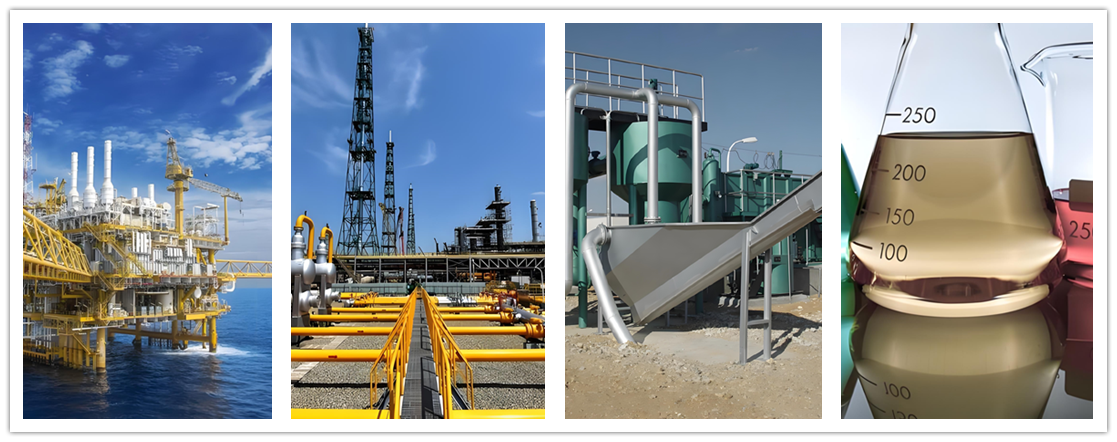
Double flange triple offset butterfly valves find application across various industries and systems where reliable flow control, tight shut-off, and resistance to demanding operating conditions are essential. Here are some common applications:
Oil and Gas Industry:
Hard metal seal butterfly valves are used in upstream, midstream, and downstream operations within the oil and gas industry. They are installed in pipelines, wellheads, manifold systems, and processing facilities to control the flow of crude oil, natural gas, and refined products. These valves are suitable for high-pressure and high-temperature applications, as well as corrosive environments found in offshore platforms, refineries, and petrochemical plants.
Chemical Processing:
Hard metal seal butterfly valves find application in chemical processing plants for handling corrosive chemicals, acids, and solvents. They are used in reactors, distillation columns, storage tanks, and mixing vessels to control the flow of process fluids and maintain system integrity. These valves offer tight shut-off and resistance to chemical corrosion, making them suitable for aggressive chemical environments.
Power Generation:
Hard metal seal butterfly valves are utilized in power plants for controlling the flow of steam, water, and other fluids in boiler feedwater systems, steam turbines, condensers, and cooling towers. They are designed to withstand high temperatures, pressures, and steam conditions commonly encountered in power generation facilities. These valves provide reliable shut-off and flow control in critical steam and water applications.
Mining and Minerals:
Hard metal seal butterfly valves are used in mining and mineral processing operations for controlling the flow of slurries, mine tailings, and process fluids. They are installed in pipelines, pumps, and processing equipment to handle abrasive and corrosive materials found in mining operations. These valves offer tight shut-off and resistance to abrasion and erosion, making them suitable for harsh mining environments.
Water and Wastewater Treatment:
Hard metal seal butterfly valves find application in water and wastewater treatment plants for controlling the flow of water, chemicals, and sludge. They are used in pipelines, treatment tanks, and filtration systems to regulate fluid flow and maintain process efficiency. These valves offer resistance to corrosion and chemical attack, ensuring reliable performance in water treatment applications.
Marine and Offshore:
Hard metal seal butterfly valves are employed in marine and offshore applications for controlling the flow of seawater, ballast water, and hydraulic fluids. They are installed in piping systems aboard ships, offshore platforms, and marine vessels to regulate fluid flow and maintain system reliability in challenging marine environments. These valves offer resistance to corrosion, erosion, and fouling, making them suitable for marine applications.






